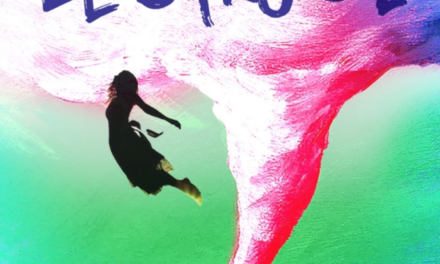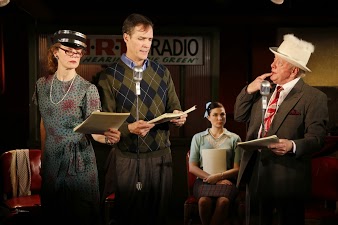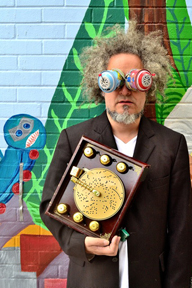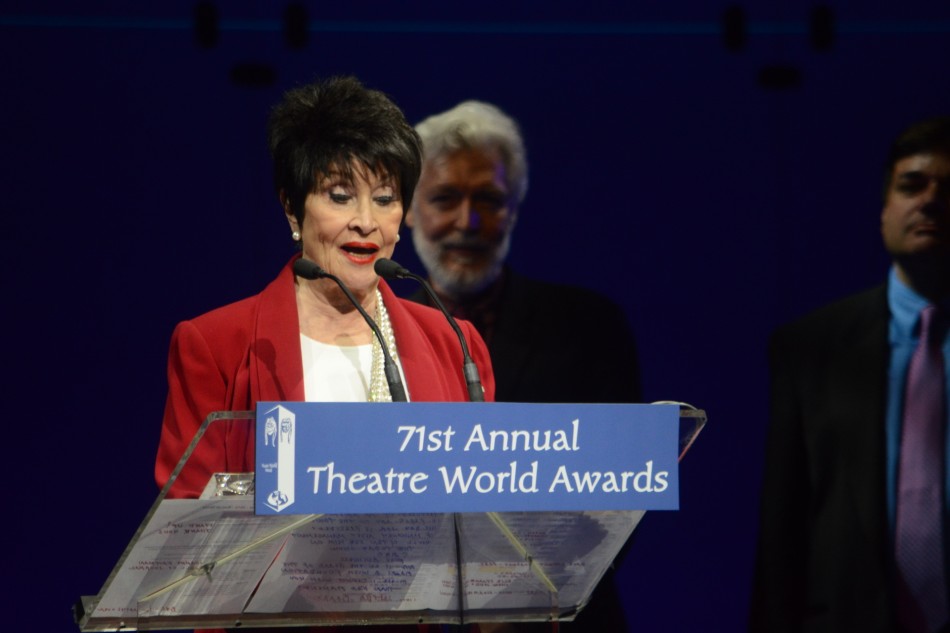Theater continues in Brooklyn, lighting up new spaces a distance away from the great lights on Broadway.
TheaterPizzazz.com‘s Marcina Zaccaria got a chance to share a few questions with Team Assemble, artists who took advantage of this rare moment in theater to create an exciting performance event, using interactive technology.
Tayla Chalef, David Blackman, and Jess Kaufman responded to a few questions about their site-specific work and provided some words of inspiration as a cure to the post-pandemic blues, offering new notions about the future of performance in NYC.
Marcina Zaccaria: How did you get the idea to transform a store?
T: I’ve had the idea for years and began developing it with composer Kelly Ryall and artist Sofy Yuditskaya in 2014. But we never got anywhere practically. It was sitting on the shelf until I met the right team in David and Jess. I knew I wanted to create experiences within each of the showrooms, and knew the form early on; an audio immersive promenade-style theatre piece. But needed to flesh out the dramaturgy, frame, questions and how everything fit together. So in 2019, together with sound designer Christopher Ross Ewart and theatre-maker Johanna Kasimow, the five of us spent a month devising material and developing the idea and our first iteration, which we continued to develop and premiere in the 2020 Exponential Festival.
The 2021 version now feels especially poignant, apt and even more suited to the moment given the form and themes.
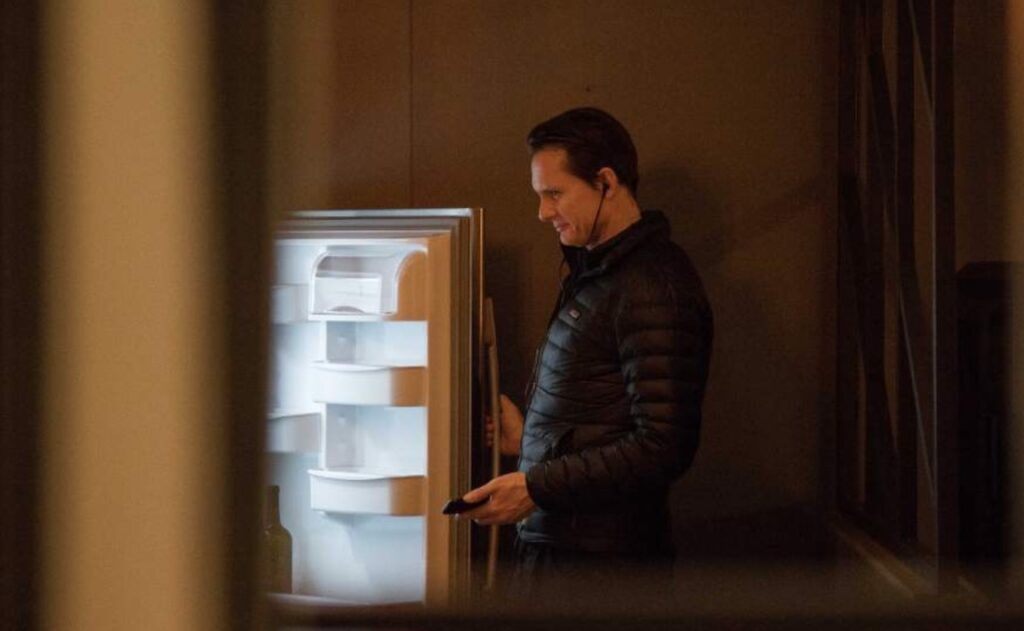
Marcina Zaccaria: Does this performance in Brooklyn take place in a world that is uniquely American?
T: It’s distinctly about New York. We wanted it to be as specific as possible to the store and to our central character who is a New Yorker. When we take the show to other cities, our Jane will be local to that city, feeling the concerns and questions about her home.
J: That said, the themes we explore in the show are definitely universal, and we have an incredible voice cast from all over the world. We’re an international team, and you definitely hear that in the piece.
Marcina Zaccaria: Tell me a little bit about Jane, the main character in Assemble. What realizations is she reaching at 40 that may have been imperceptible previously?
T: I turned 40 in 2019. And the months leading up to that date were filled with a sense of dread, existential questioning and a feeling like I was somehow on a clock, like I’d never felt before. I guess Jane was an amalgam of those feelings.
Since then, much of our world has shifted with COVID. Questioning established pathways through life or existing structures, the narratives we’re being sold about how we ought to move forward and the awareness of choice or lack of choice all feels current and resonant. Our 2021 Jane is on a precipice digesting and questioning these ideas about herself and her city as she moves us through the journey.
Marcina Zaccaria: You allow socially distanced viewing times and participation that involves private thought. Is this piece more like an installation?
J: People sometimes ask if the piece is more theater or more installation. As a choose-your-own-adventure piece, audience members make decisions that actually impact their experience of the piece and shape their experience of the narrative. Because it is narrative, and because the audience has so much agency, I think we’re more on the theater side, but we also have elements of installation and gaming, too.
T: If you’ve ever done a Janet Cardiff audio walk before and felt immersed in your surroundings, we’ve been inspired by her. If you love Rimini Protokal and have been fortunate to do their city walks, we’re inspired by them. And if you recently got to experience Here Theatre or New George’s new audio performances, we’re similar but different. All of these companies and artists span the gamut between art, immersive performance, urban exploration and theatre. We like to think we’re all of the above and not one thing.
Marcina Zaccaria: How did you design the technology that accompanies the live action?
D: I come from the world of indie video games and interactive fiction. A common tool people turn to for telling interactive stories is called Twine — it’s a fantastic tool because it lets you see the flow of the story in a graphical way, while still being able to code up complex user interactions using the full power of the web. For Assemble, I use a specific flavor of Twine called SugarCube because it has better support for audio experiences.
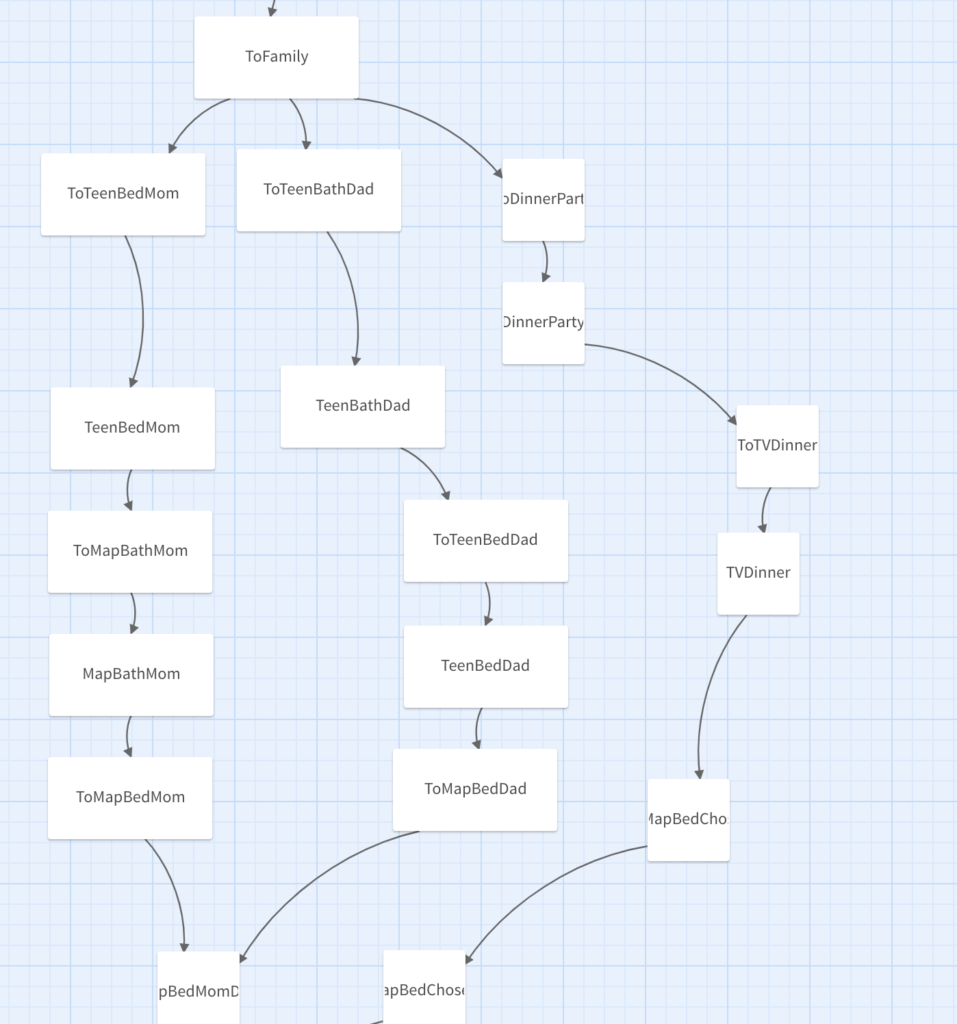

The initial version of the show’s tech solely focused on getting the audio to work well and build up a good workflow for being able to integrate audio updates from the rest of the production team. Working with big sound files is a very different flow than most text-heavy Twine games use.
After that, the team talked a lot about what kinds of interactions would be meaningful to experience. Often I would prototype an interaction — like recording a voice memo, or showing a list of user entered text snippets like a shopping list — and then Talya and Jess would think about if and how that could be integrated into the experience such that the ludology (“gameplay”) and narrative were in service of the overall story we wanted to tell.
J: As dramaturgs, Talya and I had to learn enough of how David works to be able to reimagine our process in a way that would work for all three of us. We’ve definitely gotten more tech savvy, and even small things, like how we formatted the script, had to shift – it was a fun challenge. And the power of the technology in David’s hands is incredible – almost anything we’ve been able to imagine, he’s found a way to build.
Marcina Zaccaria: Tell me a bit about the App and the performance. How are you facilitating how the story unfolds in the moment?
J: During the experience, there is a character who acts as your guide, giving you instructions on where to go and what to do. We also use text on the screen, images, and maps to help the audience make sure they always know where to go. At choice points in the narrative, you’ll be asked a question, and buttons pop up so you can make a selection; you’ll be given the next set of instructions based on what you decide. The entire performance is audio – the live component is the audience member, and their experience in the spaces — so it’s very self-guided.
D: Many people ask us if we’re using GPS or other indoor location technologies to help figure out where the user is and the answer is no. Indoor positioning is complicated and hard to do, so the movement in the app is done the old fashioned way — we tell you where to go via the audio, prompt you with text when helpful, and give you a map for when you get lost. We were heavily inspired by Janet Cardiff’s Her Long Black Hair which does so much with just a thirty five minute audio track, five photos and a map. She’s such a master of being able to move people with subtle audio cues as well as obviously being incredibly rigorous with the timing of the script. It was an inspiration to us to see [how] powerful such “non-technical” techniques can be.
Marcina Zaccaria: Is your show an antidote to the post-pandemic blues?
T: We definitely aim to create something that feels meaningful, personal and fun. And while we hit on some big themes and questions, there is hopefully a bunch of joy and levity mixed in.
J: If you’re tired of sitting around indoors, come see our show!
Marcina Zaccaria: How will this period of theater viewing leave its mark?
J: Artists have had to get creative in terms of form; not everyone is going to be ready to sit still in a chair in front of a proscenium arch for a while, and those of us who make work in unconventional sites or modes are really enjoying a moment. I hope that audiences continue to expand their views on what theater can be, and keep supporting shows like these even when we’re back in traditional theater spaces more fully.
Marcina Zaccaria: How are you envisioning the future of performance in New York City?
J: New York has so many incredible sites where performance can take place. Of course we have our beautiful Broadway theaters, but we also have hundreds of parks, greenspaces, interesting buildings, hidden corners… I hope the future of performance in New York expands beyond the idea that performance has to be indoors in a chair. So many artists are now working in hybrid forms as well — one of my favorite things about this piece is that it’s hard to describe in a few quick words. It’s theater, it’s tech, it’s a game, an installation, an audio walk… and New York is such a hub for this kind of cross-form artistry.
Marcina Zaccaria: Tell me a bit about your next performance.
J: I’m not sure what our next piece together will look like, but we are interested in bringing ASSEMBLE to other cities.
T: Oakland, Sydney and/or Melbourne are possibly on the agenda…
ASSEMBLE plays Thursdays through Mondays, every 20 minutes, four people per slot (5-7p weekdays, 4-7p weekends) through Nov 5th.
Tickets are $40 ($30 for students, artists, and unemployed) and are now available online at www.projectassemble.org.
Photo: Tayla Chalef




